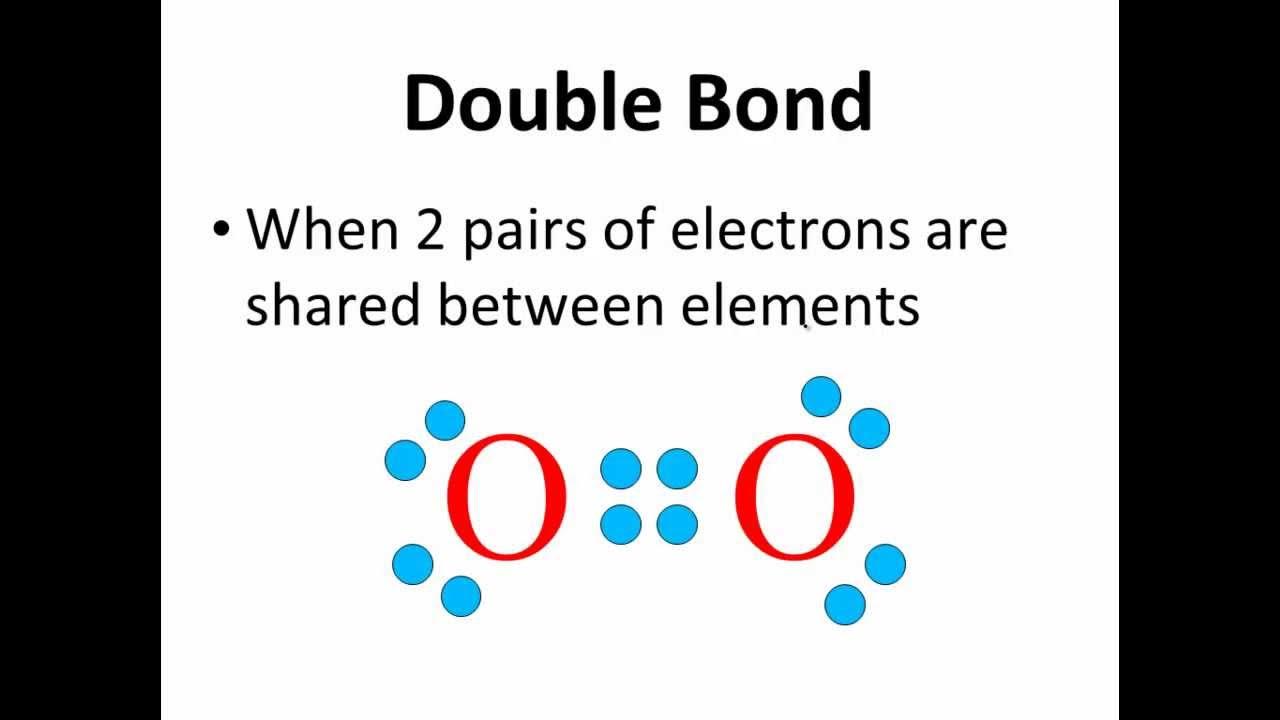Resonance | Molecular and ionic compound structure and properties | AP Chemistry | Khan Academy
Summary
TLDRThe video script guides viewers through drawing the Lewis structure for the nitrate anion, emphasizing the importance of accounting for its negative charge. It explains the process of assigning valence electrons to nitrogen and oxygen atoms, the central role of nitrogen, and the formation of a resonance hybrid. The script clarifies that the observed equal bond lengths and energies in nitrate anions result from the resonance among three valid Lewis structures, illustrating the concept of delocalized electrons and the true nature of the anion.
Takeaways
- 📚 The Lewis diagram for a nitrate anion involves one nitrogen atom and three oxygen atoms, along with a negative charge.
- 🔢 Nitrogen has five valence electrons, and each oxygen has six, totaling 23 for the neutral atoms plus one extra for the anion, making 24 valence electrons in total.
- 🌐 The central atom in the nitrate anion is nitrogen due to its lower electronegativity compared to oxygen.
- 🔗 The initial Lewis structure is formed by placing single bonds between nitrogen and each oxygen atom, accounting for six valence electrons.
- 🔄 To achieve a full octet for the oxygen atoms, additional electrons are distributed, resulting in double bonds with nitrogen.
- 🔄 The nitrogen atom also achieves an octet by converting one of the oxygen's lone pairs into a covalent bond, forming a double bond.
- 🌈 The concept of resonance is introduced, where multiple valid Lewis structures contribute to the actual structure observed in reality.
- 🔁 There are three valid Lewis structures for the nitrate anion, each with a different oxygen atom forming a double bond with nitrogen.
- 🧲 The resonance hybrid represents the true structure of the nitrate anion, with all three N-O bonds being of equal length and energy, intermediate between a single and a double bond.
- ⚠️ The actual observed structure of the nitrate anion does not show distinct single and double bonds, but rather an equal distribution of electron density.
- 🔑 The script emphasizes the importance of understanding resonance in chemistry, as it explains the observed properties of molecules that cannot be represented by a single Lewis structure.
Q & A
What is the nitrate anion and what are its components?
-The nitrate anion is a polyatomic ion with the formula NO3^-. It consists of one nitrogen atom and three oxygen atoms, and it carries a negative one charge.
How many valence electrons does a neutral nitrogen atom have?
-A neutral nitrogen atom has five valence electrons in its outer shell.
How many valence electrons does a neutral oxygen atom have?
-A neutral oxygen atom has six valence electrons in its outer shell.
How many valence electrons are there in total for the nitrate anion before considering its charge?
-For the nitrate anion, there are 5 valence electrons from nitrogen and 18 (6 times 3) from the three oxygen atoms, totaling 23 valence electrons.
Why is there an additional electron in the nitrate anion?
-The nitrate anion has an extra electron due to its negative one charge, bringing the total number of valence electrons to 24.
Why is nitrogen chosen as the central atom in the Lewis structure of the nitrate anion?
-Nitrogen is chosen as the central atom because it is less electronegative than oxygen and is located to the left of oxygen in the periodic table.
What is the purpose of the single bonds between nitrogen and the oxygen atoms in the Lewis structure?
-The single bonds between nitrogen and the oxygen atoms are used to initially connect the atoms and account for some of the valence electrons, using two electrons per bond.
How can the oxygen atoms achieve a full octet in the Lewis structure of the nitrate anion?
-Each oxygen atom can achieve a full octet by having two lone pairs and being involved in one single bond with the nitrogen atom, using a total of six valence electrons.
Why is resonance used to describe the Lewis structures of the nitrate anion?
-Resonance is used because there are three valid Lewis structures for the nitrate anion that contribute to a resonance hybrid, which is the actual observed structure with equal bond lengths and energies.
What is the concept of a resonance hybrid in the context of the nitrate anion?
-A resonance hybrid is a model that represents the true structure of the nitrate anion, which is a combination of the three valid Lewis structures, showing that the bonds are of equal length and energy, somewhere between a single and a double bond.
How can you visually represent the delocalization of electrons in the resonance hybrid of the nitrate anion?
-The delocalization of electrons in the resonance hybrid can be represented by using a dotted line or a bond that is somewhere between a single and a double bond, indicating that the electrons are shared equally among the nitrogen and oxygen atoms.
Outlines

This section is available to paid users only. Please upgrade to access this part.
Upgrade NowMindmap

This section is available to paid users only. Please upgrade to access this part.
Upgrade NowKeywords

This section is available to paid users only. Please upgrade to access this part.
Upgrade NowHighlights

This section is available to paid users only. Please upgrade to access this part.
Upgrade NowTranscripts

This section is available to paid users only. Please upgrade to access this part.
Upgrade NowBrowse More Related Video
5.0 / 5 (0 votes)





